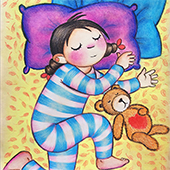Types of Pro-techniques are given below:
• Dry wash
• Erasure
• Feathering
• Frottage
• Impasto
• Pouncing
• Texture Grounds
• Wet Brushing
• Watercolor Resist
Dry wash:
Large area of drawing is covered with broad stroke using side grip and then blending is done to even the color.

Erasure:
Lifting of pigment from an area using a kneaded eraser.

Feathering:
Blending is done in such a way to smooth or blur the edges like a feature.

Frottage:
Makes a rubbing over a textured surface using pastels to trace the texture on the drawing paper.


Impasto:
Pastel applied thickly enough to produce a discernible texture or relief.

Pouncing:
It is an art technique used for transferring an image from one surface to another. It is similar to tracing, and is useful for creating copies of a sketch outline to produce finished works.


Texture Grounds:
The use of coarse or smooth paper texture to create an effect.


Wet Brushing:
This is applicable incase of water-soluble soft pastels. The colored surface can be even out using clean wet brush.

Watercolor Resist:
This distinctive effect is only possible with oil pastels. For this first draw something using oil pastels and then apply watercolor wash on top of it. Because of water resistant nature of oil pastels, only the surface not covered with the oil pastel will get colored. This is very useful to create patterns as well as interesting textures.



References:
• http://en.wikipedia.org/wiki/Pastel
• http://www.reeves-art.com/uploadedfiles/guides_and_tips/exploring_
media/soft%20pastel.pdf
• http://www.sakuraofamerica.com/oil-pastel-drawing-techniques

